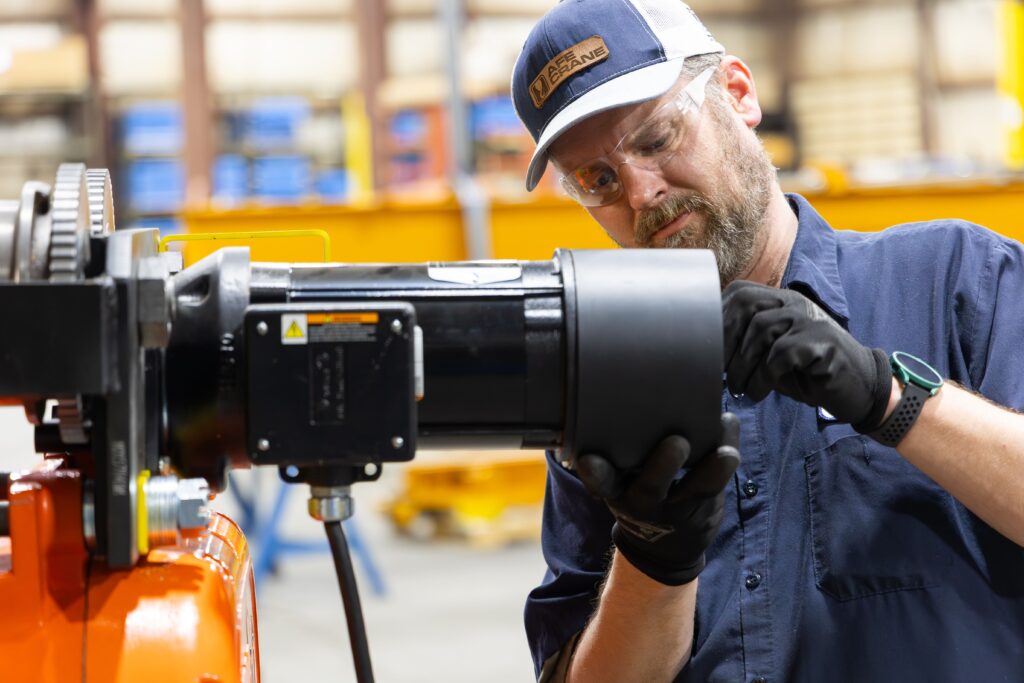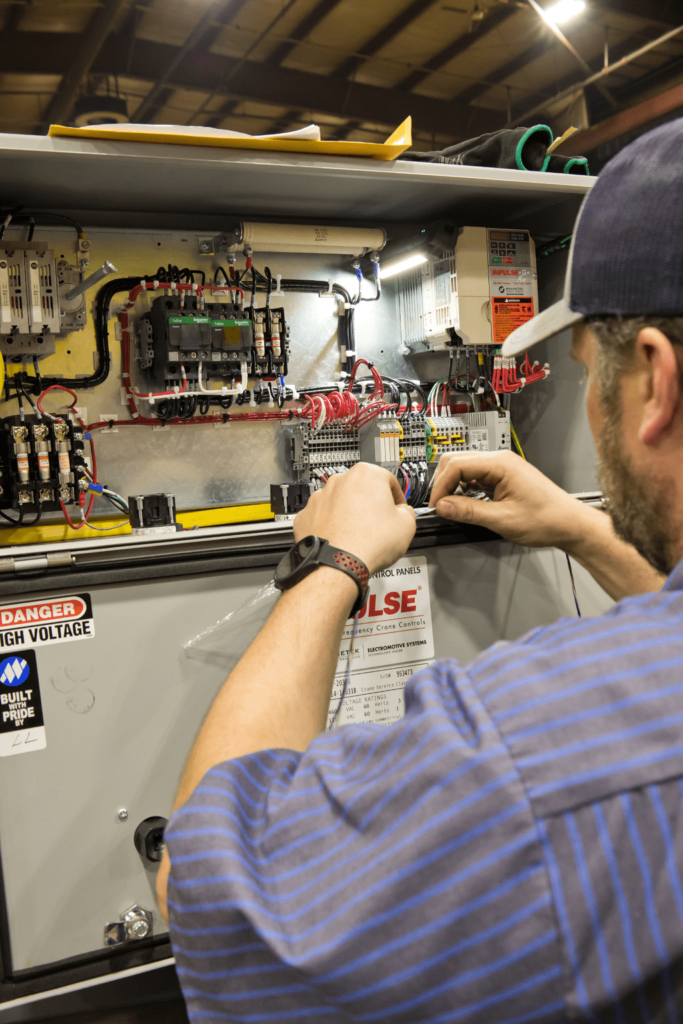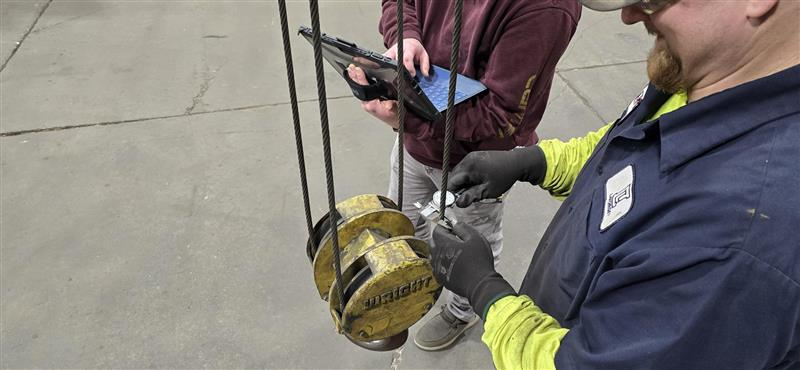Call us today at (800) 728-0818

Annual inspections are essential for ensuring the safety and functionality of cranes and hoists. AFE Crane’s qualified inspectors can identify potential issues before they lead to breakdowns or accidents and is a critical safety measure to ensure the equipment functions properly and identify any potential hazards.
We offer 2 levels of inspection procedures (Standard, and Advanced) both includes visual examination, load tests, and functional checks to ensure your hoist and or crane meets safety standards on an annual basis or frequent and periodical depending on use and age of the equipment.

Inspection will meet the expectations of Crane Manufacturers Association of America (CMAA).


Inspection will meet the expectations of Crane Manufacturers Association of America (CMAA).

Inspection will meet the expectations of Crane Manufacturers Association of America (CMAA).


Inspection will meet the expectations of Crane Manufacturers Association of America (CMAA).
Both our standard and advanced levels offer many benefits from keeping you compliant with OSHA, increasing safe operation, and improving the performance and longevity of your equipment.
This is the most crucial benefit. Inspections identify potential problems like worn components, faulty brakes, excessive wear, or weak wire ropes or chain drives before they lead to accidents and injuries.
By catching minor issues early, you can prevent breakdowns and costly repairs. Regular maintenance based on inspection findings keeps your cranes and hoists operational and minimizes production downtime.
Proper care through inspections helps identify and address wear and tear, extending the lifespan of your equipment and power plants by saving money on replacements in the long run.
Well-maintained cranes and hoists operate smoothly and efficiently, leading to increased productivity.

The Occupational Safety and Health Administration (OSHA) has regulations mandating inspections for cranes and hoists used in workplaces. By complying with OSHA regulations and incorporating regular inspections into your maintenance program, one can ensure the safety and reliability of your cranes and hoist, promoting a safer and more efficient work environment.
OSHA requires cranes to be inspected at least annually by a “competent person”. This can be a qualified inspector employed by your company or a third-party inspection service.
A competent person has performed the inspection and has the knowledge, training, and experience to identify potential hazards and ensure the crane is functioning safely.
Inspections should cover all critical components of the crane and hoist, including the bridge, trolley, hoist unit, runway, wire ropes, hooks, brakes, and electrical systems.
Detailed records of inspections, including identified issues and corrective actions taken, must be maintained for at least five years.
OSHA (Occupational Safety and Health Administration) standards for crane inspections in the United States can be viewed at:
At AFE Crane, we understand that proper training and ongoing support are crucial for the safe and efficient operation of your crane systems. A well-trained
Overhead Crane Inspection Services for OSHA Compliance and Safety Overhead crane inspection is one of the most important steps you can take to maintain safety